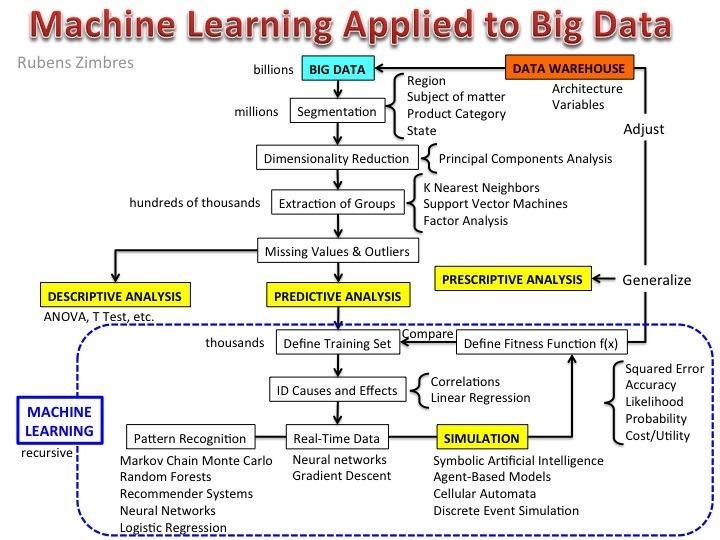Transport and Logistics
The arrival and spread of big data usage dramatically changed the way businesses use to work with their analytics. Companies can anticipate slow and busy periods, potential future supply shortage and act accordingly. The supply chain is more transparent, but also automated, deliveries are optimised, and inefficiencies reduced. All these insights help in making better strategic decisions that provide a real competitive advantage.Big Data has also generated significant insight into the end-consumer base. Companies can tap into social sentiment data generated by the boatloads from platforms such as Facebook, Instagram, or Twitter to gain a deeper understanding of customers.This way, companies can examine that sentiment, match with sales records, and anticipate a rise (or drop) in demand. Then, they can coordinate with their supply chain manager to make sure they're not wasting money shipping superfluous units or leaving money on the table by not meeting demand.
But there are other ways logistics companies are using Big Data to make consumers happier. Companies know that the delivery of tangible goods often involves face-to-face contact with customers. DHL points out that companies are gathering all kinds of data about these touchpoints in order to make the process more user-friendly for the consumer.Using Big Data means that companies now have unprecedented analytics into the preferences and buying behavior of their customers.
Sample Architecture

